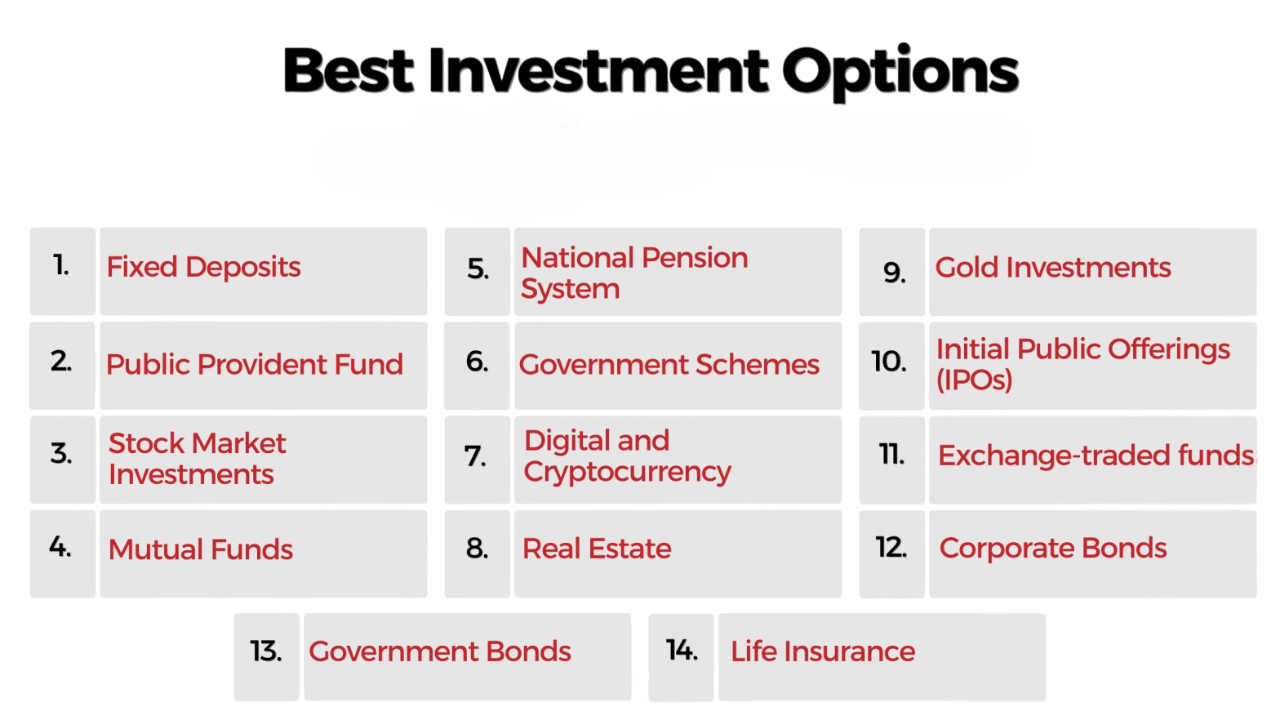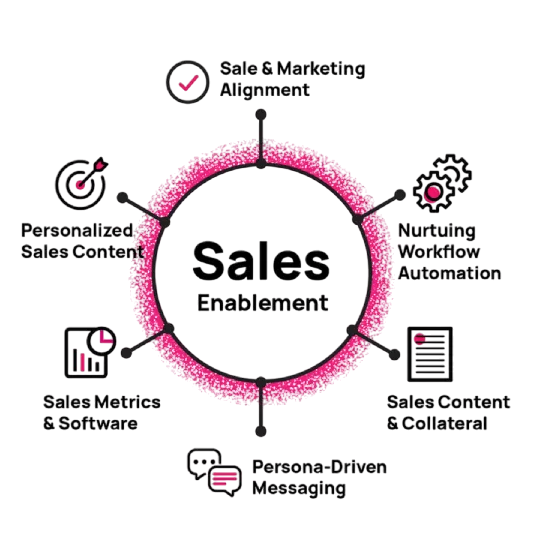
- What is Entrepreneur
- Understanding Entrepreneurship
- Identifying Business Ideas
- Market Research
- Business Planning
- Funding and Investment Options
- Legal Formalities
- Building a Team
- Product Development
- Marketing and Sales Strategy
- Scaling Your Business
- Conclusion
What is Entrepreneur
Entrepreneurship is the driving force behind innovation, job creation, and economic growth in today’s rapidly evolving global marketplace. It involves identifying a market need, developing a solution, and taking the initiative to build a business around that idea. Entrepreneurs are visionaries who embrace risk and uncertainty, driven by passion and the desire to make a difference. To support entrepreneurial vision with strategic analysis and data-driven planning, explore Business Analyst Training a program designed to equip professionals with market research tools, business modeling frameworks, and decision-making skills essential for launching and scaling successful ventures. This guide outlines the essential steps for aspiring entrepreneurs, from the inception of an idea to the scaling of a successful enterprise.
Understanding Entrepreneurship
Entrepreneurship is more than just starting a business. It encompasses creativity, resilience, strategic thinking, and leadership. Entrepreneurs are often problem-solvers who see gaps in the market and develop innovative products or services to fill them. Successful entrepreneurship requires an understanding of both the market and oneself knowing your strengths, weaknesses, values, and long-term goals. To sharpen this dual awareness with data-driven insight and strategic analysis, explore Business Analytics a program designed to equip aspiring entrepreneurs with market intelligence tools, performance metrics, and decision-making frameworks essential for building impactful ventures. Entrepreneurs must also be adaptable and open to learning, as business environments are dynamic. Whether launching a tech startup, a retail store, or a consulting firm, a deep understanding of entrepreneurship equips individuals with the tools needed to navigate challenges and seize opportunities.
Interested in Obtaining Your Business Analyst Certificate? View The Business Analyst Training Offered By ACTE Right Now!
Identifying Business Ideas
The first step in entrepreneurship is finding a viable business idea. This often stems from observing problems or inefficiencies in daily life, industry pain points, or emerging trends. Some entrepreneurs identify ideas through personal experiences, while others conduct research or brainstorm with peers. To evaluate potential ideas through both strategic insight and data-driven validation, explore Business Analyst vs Data Analyst a comparative guide that helps aspiring entrepreneurs understand which analytical path best supports market evaluation, product development, and growth strategy.
- Does the idea solve a real problem or fulfill a need?
- Is there a target market willing to pay for the solution?
- What is the competitive landscape?
- Can the idea be scaled?
Tools like SWOT analysis (Strengths, Weaknesses, Opportunities, Threats), customer interviews, and idea validation frameworks can help refine and validate business concepts.
To Earn Your Business Analyst Certification, Gain Insights From Leading Data Science Experts And Advance Your Career With ACTE’s Business Analyst Training Today!
Market Research
Market research is crucial for understanding the industry, customers, and competitors. It involves gathering data to make informed decisions about product features, pricing, distribution, and promotion strategies. Primary research methods include surveys, interviews, focus groups, and observation. Secondary research involves analyzing existing data from industry reports, academic studies, and government publications. Key components of market research include strategic adaptability and iterative analysis core traits of agile professionals. To explore how these principles apply in dynamic business environments, visit What Is an Agile Business Analyst a guide that explains how agile analysts drive value through continuous feedback, stakeholder collaboration, and rapid response to market insights.
- Customer demographics and behaviors
- Market size and growth potential
- Competitor analysis
- Industry trends and regulations
Effective market research reduces risk by ensuring that the product or service aligns with market needs.
Business Planning
A business plan is essentially the most important route map of the company that carefully lays down the vision, strategic goals, and the framework of operations. It is not merely a paper, but it acts as a detailed model of starting up and running a business while simultaneously appealing to the investors. A perfect business plan carries all the essential parts of the structure starting from the executive summary to the company description, market analysis, organizational structure, product/service details, marketing and sales strategies, funding requirements, and financial projections. To strengthen these components with analytical precision and strategic insight, explore Business Analyst Training a program designed to equip professionals with data interpretation skills, market research frameworks, and business modeling tools essential for crafting investor-ready plans and scalable ventures. The mere act of formulating a business plan incites entrepreneurs to scrutinize their ideas and back them with solid research thereby resulting in greater clarity and more realistic goals. The plan is a formalized approach to business development which can be considered a leveraged instrument for the management and facilitating of decision-making, obtaining financial resources, and paving the way for business success with the ultimate goal of growth which is sustainable.
Want to Pursue a Business Analyst Master’s Degree? Enroll For Business Analyst Master Program Training Course Today!
Funding and Investment Options
One of the challenges that entrepreneurs have in their businesses of starting and growing is to secure enough funding. Dealing with the complicated world of financial resources calls for a strategic plan which takes into account the distinctive features of each funding option. Entrepreneurs are allowed to use the funds from various sources such as personal savings, help from friends and family, bank loans, angel investors, venture capitalists, crowdfunding platforms, and government grants.

Every funding avenue has a set of benefits and limitations, yet business leaders make a wise decision after evaluating their needs and the stage of their business. As an example, venture capital can help in providing a huge investment but at the same time it requires that the investor gets a share in the company, whereas crowdfunding allows a company to be validated and at the same time to gain marketing exposure. Therefore entrepreneurs can create a strong financial plan that will support their business’s stable growth and long-term success by carefully evaluating and combining different funding streams.
Go Through These Business Analyst Interview Questions and Answers to Excel in Your Upcoming Interview.
Legal Formalities
Legal compliance is essential for establishing a legitimate business and avoiding penalties. Entrepreneurs must decide on a legal structure sole proprietorship, partnership, limited liability company (LLC), or corporation each with its own implications for taxes, liability, and management. To support these decisions with structured analysis and data-driven insight, explore The Business Analytics Process Model a framework that helps professionals apply analytics across the business lifecycle, from regulatory planning and market evaluation to operational strategy and performance tracking.
- Registering the business name.
- Obtaining licenses and permits.
- Drafting contracts and agreements.
- Complying with tax regulations.
- Protecting intellectual property (trademarks, patents, copyrights).
Consulting with a legal expert or business advisor helps ensure that all legal requirements are met from the outset.
Building a Team
Entrepreneurs must recruit individuals who complement their skills, share the company’s vision, and contribute to a positive work culture. Key roles may include co-founders, product developers, marketers, salespeople, and administrative staff. To build a team that thrives on strategic thinking and analytical collaboration, explore Business Analyst Skills a guide that highlights the essential competencies needed to drive clarity, streamline communication, and align cross-functional teams with business objectives.
- A strong team is the backbone of a successful business.
- Define clear roles and responsibilities.
- Establish effective communication channels.
- Foster a culture of trust and collaboration.
- Offer incentives and growth opportunities.
Hiring the right people not only boosts productivity but also enhances the company’s ability to innovate and adapt.
Product Development
Product development is a strategic move to turn fresh ideas into real-life solutions available in the market by using a comprehensive and customer-focused method. It all starts with conceptualization where the teams identify not only the main idea of the product but also the target market, then, with great care, design and prototyping follow to have both visual and working models of the product. The organization then goes through testing and validation phases to be able to hear users’ voices, which is the most valuable feedback allowing the organization to keep on refining and upgrading. At this stage, the product moves on to large-scale production, thus enabling it to be distributed to a wide array of customers; this process then leads to the market launch, which is usually very well planned. To support this journey with structured analysis and iterative refinement, explore Business Analyst Methodologies a guide that outlines proven techniques for stakeholder engagement, requirement validation, and continuous improvement across the product lifecycle. The key to successful product development is teamwork across various departments, as well as the use of agile methodologies and minimum viable product (MVP) strategies to facilitate innovation at a quicker pace while being able to optimize resource allocation and keep development costs low. Companies that implement a customer-oriented and market-responsive iterative approach will be able to go from conceptual ideas to real, attractive product offerings.
Marketing and Sales Strategy
Marketing and sales are essential business functions that, when aligned properly, can lead to great success in attracting and keeping customers through well-planned strategies. An effective marketing strategy outlines how a product meets the needs of the customers in a better way than other products and thereby sets it apart from its competitors by utilizing the key elements such as strategically planned branding, positioning, and engagement of the multi-channel digital.

It also involves targeted actions in SEO, social media, email marketing, content creation, public relations, and both online and offline advertising. Moreover, the sales strategies that support these marketing activities concentrate on the use of sophisticated lead generation, relationship building, advanced closing techniques, and customer retention plans. With the help of advanced Customer Relationship Management (CRM) systems, companies are able to organize customer interactions in a systematic way, improve satisfaction, and open up avenues for sustainable growth that are in harmony with marketing efforts and strategic sales goals.
Scaling Your Business
Scaling refers to expanding a business to serve more customers without a corresponding increase in costs. It involves optimizing processes, increasing efficiency, and expanding market reach. To scale successfully with strategic foresight and operational clarity, explore Business Impact Analysis a framework that helps organizations assess potential risks, identify critical functions, and implement scalable solutions that support sustainable growth.
- Invest in technology and automation.
- Expand into new markets or customer segments.
- Diversify product offerings.
- Strengthen supply chain and distribution networks.
- Monitor financial health and cash flow.
Scalability should be planned from the beginning, with systems and structures in place to support growth.
Conclusion
Entrepreneurship is a rewarding yet challenging journey that requires vision, planning, and perseverance. From identifying a business idea to scaling operations, each step demands strategic thinking and execution. While the path to success is rarely linear, continuous learning, adaptability, and customer focus can significantly increase the chances of building a sustainable and impactful business. To reinforce these qualities with data-driven insight and structured analysis, explore Business Analyst Training a program designed to equip professionals with market research techniques, business modeling frameworks, and strategic planning tools essential for building resilient ventures. By following the principles outlined in this guide, aspiring entrepreneurs can lay a strong foundation for their ventures and contribute meaningfully to the economy and society.




